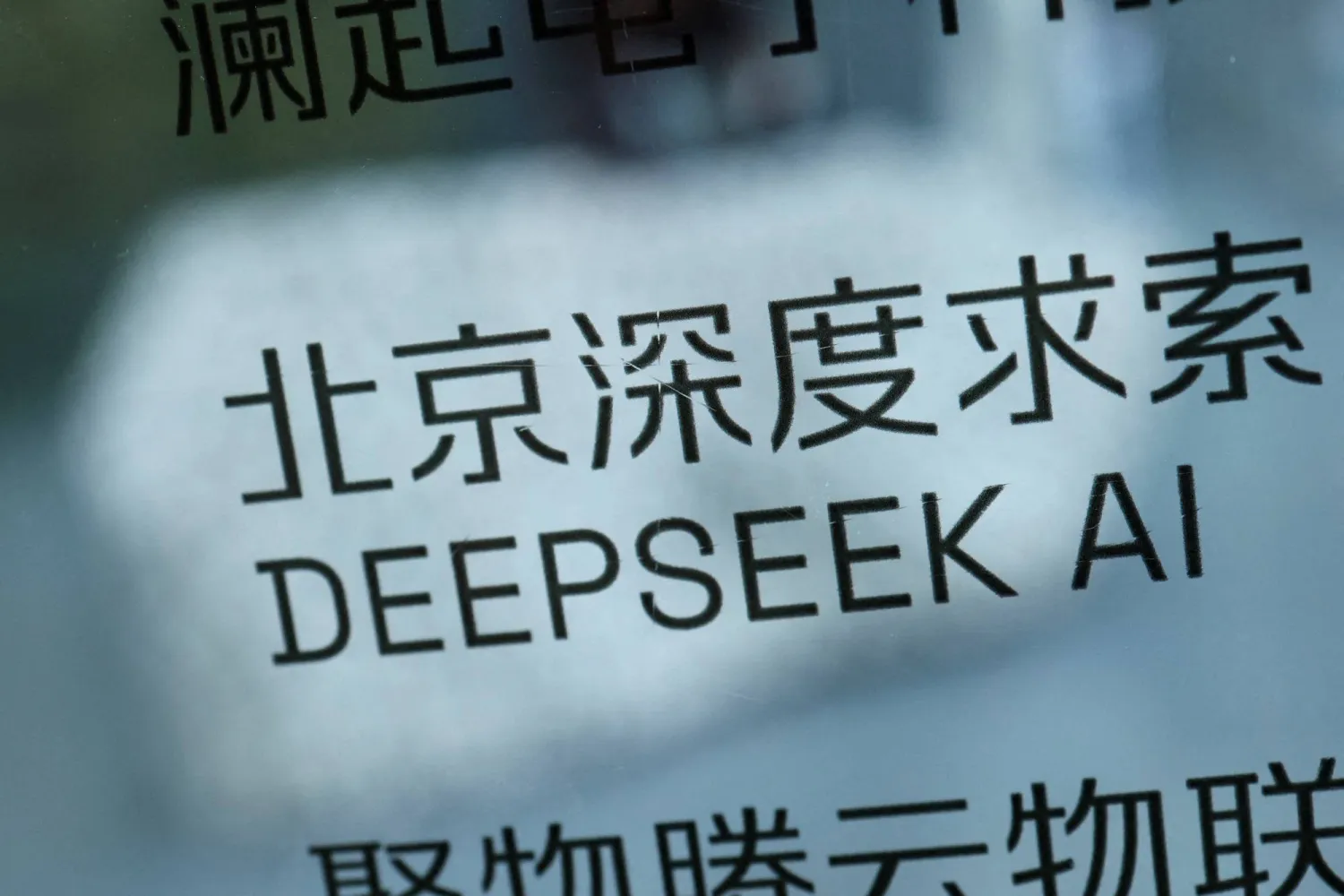Nearly every Windows user has had a run in with the infamous “Blue Screen of Death” at some point in their computing life. Now, after more than 40 years of being set against a very recognizable blue, the updated error message will soon be displayed across a black background.
The changes to the notorious error screen come as part of broader efforts by Microsoft to improve the resiliency of the Windows operating system in the wake of last year’s CrowdStrike incident, which crashed millions of Windows machines worldwide.
“Now it’s easier than ever to navigate unexpected restarts and recover faster,” Redmond, Washington-based Microsoft wrote in a Wednesday announcement.
As part of that effort, Microsoft says it's “streamlining” what users experience when encountering “unexpected restarts” that cause disruptions. And that means a makeover to the infamous error screen.
Beyond the now-black background, Windows' new “screen of death” has a slightly shorter message. It's also no longer accompanied by a frowning face and instead shows a percentage completed for the restart process.
Microsoft says this “simplified” user interface for unexpected restarts will be available later this summer on all of its Windows 11 (version 24H2) devices.
And for PCs that may not restart successfully, Microsoft on Wednesday also said it is adding a “quick machine recovery” mechanism. This will be particularly useful for during a widespread outage, the tech giant noted, as Microsoft “can broadly deploy targeted remediations” and automate fixes with this new mechanism “without requiring complex manual intervention from IT.”
Microsoft said this quick machine recovery will also be “generally available” later this summer on Window 11 with additional capabilities set to launch later in the year.







